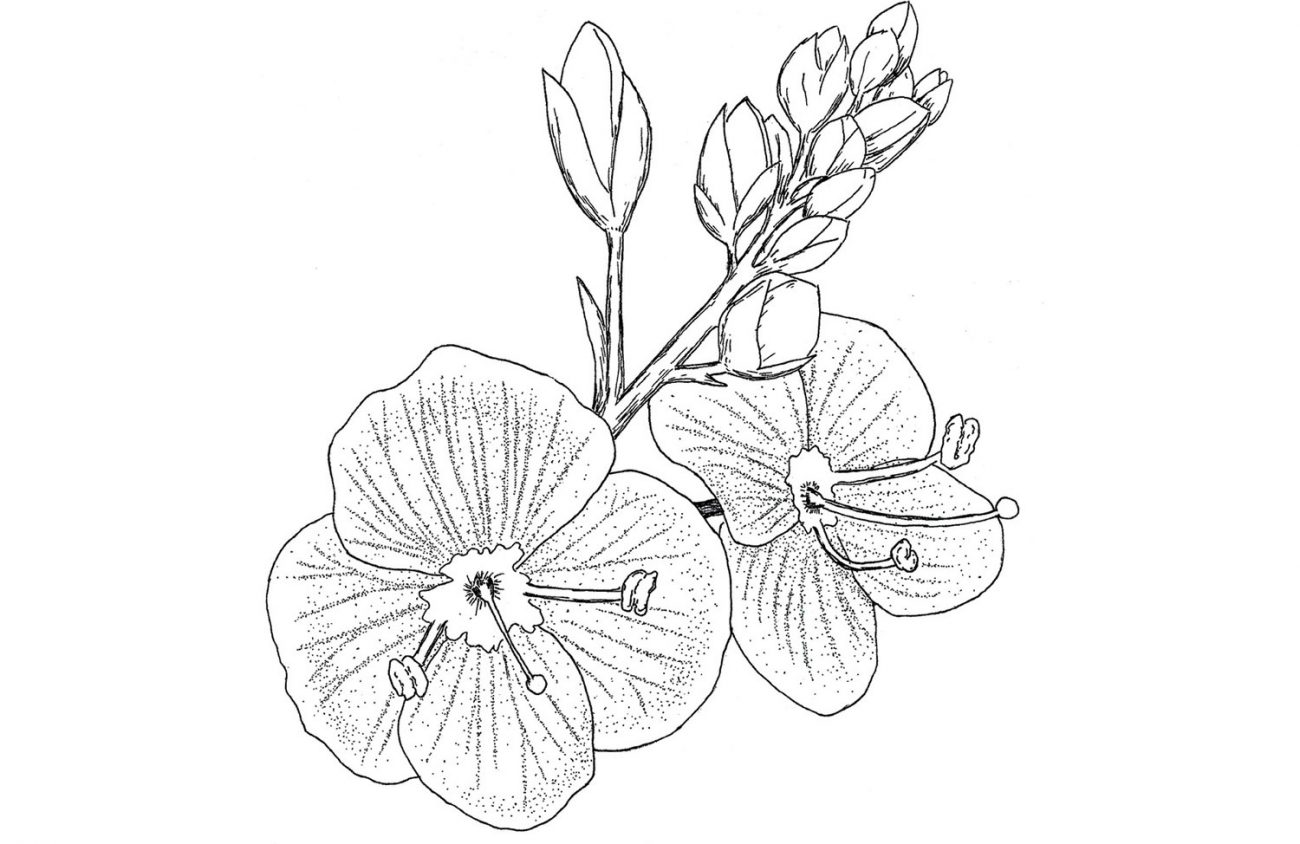One of the signature indicators of climate change in action is a sudden occurrence of unexpected, severe weather. The foot and a half of snow that fell in southern Willamette Valley in the last week of February was such an event. I remember the last great snowfall exactly 50 years ago, when the entire region was paralyzed for weeks. At least this time it has warmed up so the snow will disappear soon. Now the concern is that a heavy, warm rain on snow will bring extreme flooding. It’s life in the real world.
Many osoberry buds that were ready to open the first week of February have suffered damage from freezing. Their display will likely be less than wonderful this year. We look forward to the appearance of the typical March blooms, if somewhat later this year. Last year they were early. Many of the little flowers that show up in open areas are not native. They are winter annuals originally from northern Europe, which were preadapted to the Pacific Northwest. Some of the lawn weeds, like buttercup and speedwell, are a pleasant sight.
The shore birds and waterfowl seem to be quite happy. So long as the ponds don’t develop a sheet of ice they will be able to forage reasonably well. The little songbirds that hang around our neighborhood have been flocking to the feeders that people have set out. A little fountain that keeps running provides fresh water. Otherwise, they need warm water brought outside.
David Wagner is a botanist who works in Eugene. He teaches moss classes, leads nature walks and makes nature calendars. He can be contacted through his website, fernzenmosses.com.
